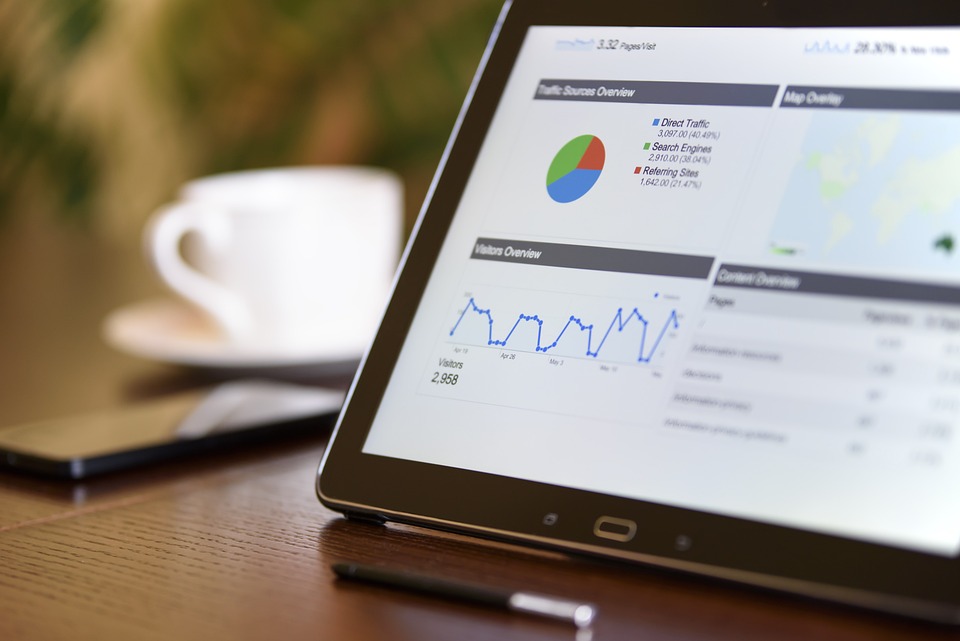Data science has become an integral part of decision-making processes in various industries. From identifying customer preferences to optimizing business operations, data science plays a crucial role in transforming raw data into actionable insights. However, for beginners, the world of data science can seem intimidating with its complex algorithms and vast amounts of data. In this guide, we will break down the process of data science from raw data to actionable insights in a simple and understandable way.
1. Data Collection: The first step in data science is collecting raw data. This data can come from various sources such as online surveys, social media platforms, customer feedback, or even web scraping. It is important to ensure that the data collected is clean, relevant, and of high quality to avoid any biases or errors in the analysis.
2. Data Cleaning: Once the raw data is collected, the next step is cleaning and preprocessing the data. This involves removing duplicates, handling missing values, and standardizing formats. Data cleaning is crucial to ensure that the analysis is accurate and reliable.
3. Exploratory Data Analysis (EDA): EDA is a crucial step in data science that involves analyzing and visualizing the data to uncover patterns, trends, and relationships. This step helps in understanding the data better and identifying key insights that can drive decision-making.
4. Data Modeling: After the exploratory data analysis, the next step is building a predictive model using machine learning algorithms. This involves training the model on the data and testing its performance to make predictions or classifications. There are various algorithms to choose from, such as linear regression, random forests, support vector machines, and neural networks.
5. Evaluation and Interpretation: Once the model is trained and tested, the next step is evaluating its performance and interpreting the results. This involves assessing metrics such as accuracy, precision, recall, and F1 score. It is important to understand the limitations of the model and the implications of the results in making informed decisions.
6. Actionable Insights: The final step in the data science process is turning the analyzed data into actionable insights. These insights can help businesses make informed decisions, optimize processes, and improve performance. It is important to communicate these insights effectively to stakeholders to drive positive outcomes.
In conclusion, data science is a powerful tool that can transform raw data into actionable insights. By following a structured process of data collection, cleaning, analysis, modeling, evaluation, and interpretation, beginners can leverage the power of data science to drive decision-making processes in their respective industries. With the right tools, techniques, and knowledge, anyone can embark on the journey of data science and unlock the potential of data-driven insights.




